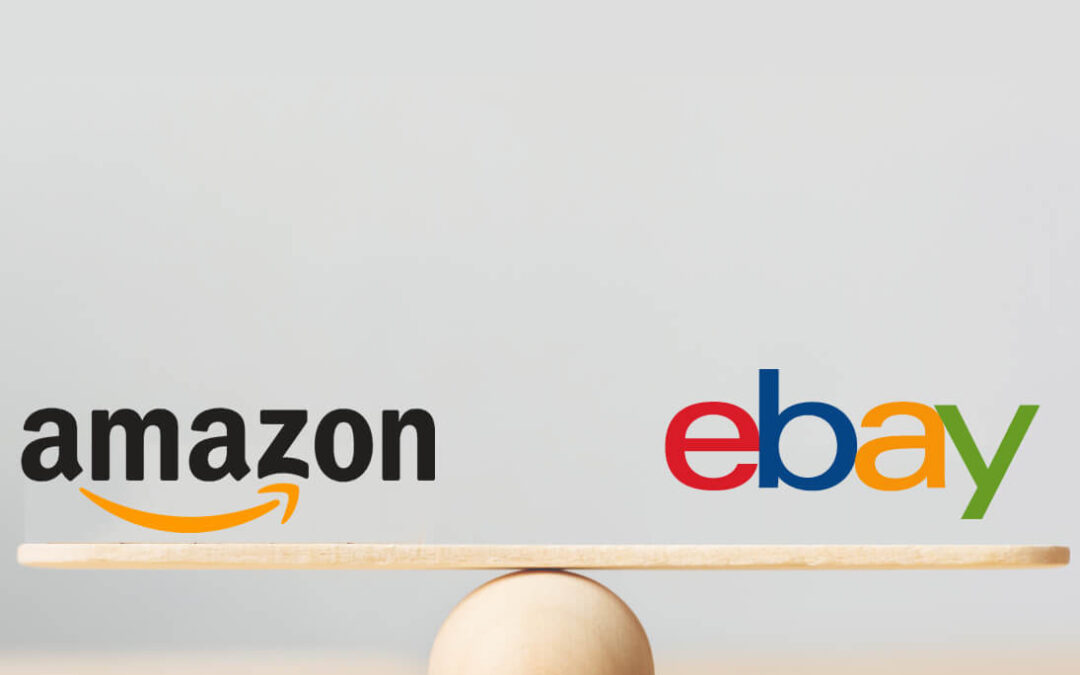In some ways, this feels like the classic ‘How long is a piece of string?’ question as there is no definitive answer.
In simple terms, certain products will fare better on Amazon than on eBay and vice versa. For example currently the Amazon engine is not best support for car parts than eBay is!
There are a host of variables that need to be considered including the type of products you sell, fees and level of competition. Let’s look at what both have to offer before coming to a conclusion.
The Process
Selling on Amazon is pretty easy: simply type in the ASIN number or barcode of what you’re trying to sell, set your price and wait for buyers. You don’t even need a photo (though it is recommended) and there is no eBay auction-style option with Amazon. One downside is that Amazon only releases payments every 20 days so it is not the best option for someone in need of quick cash.
With eBay you need to take a picture of the item in question and upload it and provide a narrative. You set the Title, description, price and shipping fees and need a PayPal account to receive payment from your buyers. Once you have set up the PayPal account, selling and receiving the cash is easy.
Fees
Individual sellers on the Amazon marketplace pay a fee of £0.86 per item completed along with a closing fee that is worked out as a percentage of the sales price of the item(s) sold. This percentage varies depending on the product; for example, music, DVDs, videos and books are charged at 17.25% of the sales price whereas jewellery is charged at a whopping 28.75% of the sale price.
eBay has a trio of fees:
• Insertion Fees: Paid on items listed (after the free quota expires) regardless of whether it sells. Private sellers are allowed a free quota of 100 items per calendar month. Otherwise, the insertion fee starts from £0.15 for products with a starting price between £1.00-£4.99. Products costing more than £100 carry a fee of £1.30.
• Final Value Fees: Charged after a sale and based on the total cost paid by the buyer including postage and packing. This works out at 10% of the value of the total value of the transaction up to £75.
• Feature Fees: Only applicable if you take advantage of extra features.
Conclusion
In terms of audience, there is not much to separate them as both are ranked in the top 10 websites in the world when it comes to daily hits. This means that finding a readymade audience for your products on either site should be relatively easy. There seems to be little difference in fees and safety while it could be suggested that Amazon is easier to keep track of.
Regardless of which platform you use, your best chance of success lies in ensuring that what you sell is deemed to be acceptable by users of both. In other words, you need to use the most flattering images of your product, a relevant description, competitive price, fast communication and timely delivery.

